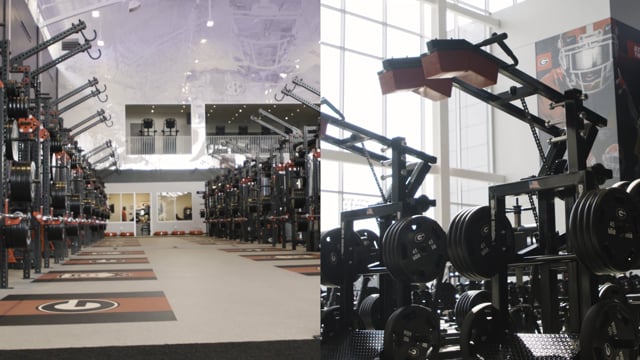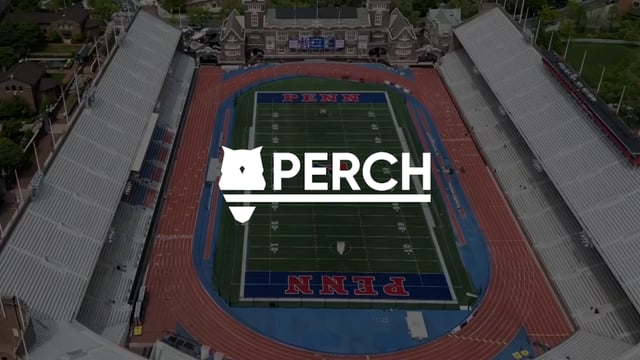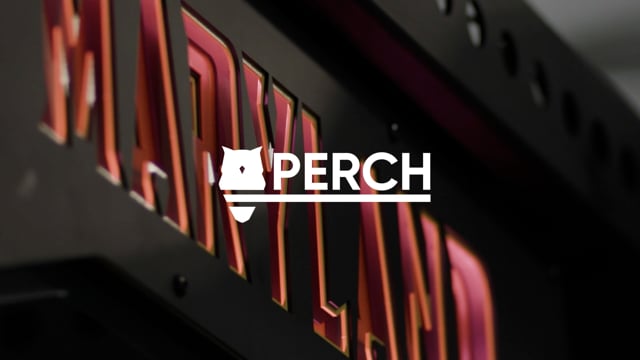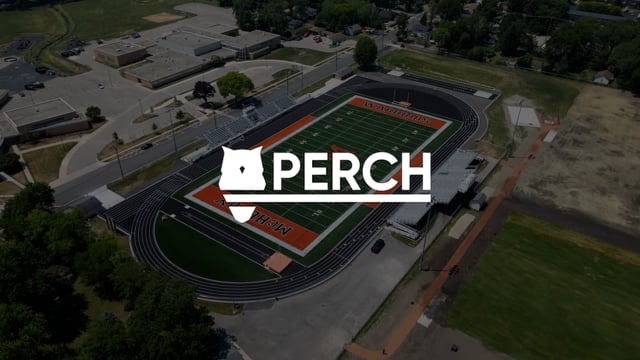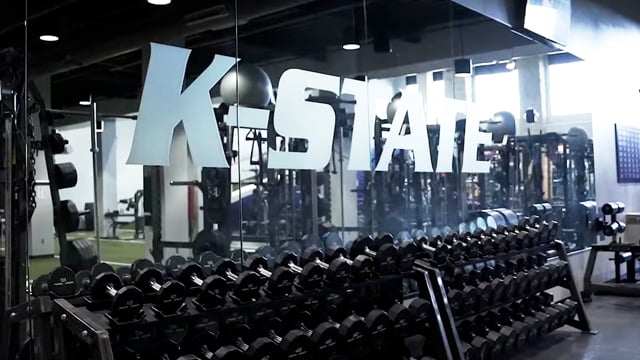VBT For high schoolers and olympic weightlifters
Learn from Coach Spencer Arnold about using VBT with high school athletes and Olympic Weightlifters.
See Summary
Webinar Summary: Embracing Technology in Strength & Conditioning with Velocity-Based Training (VBT)
This engaging webinar featured Spencer Arnold, a veteran strength coach and Olympic weightlifting trainer, who shared his expertise on Velocity-Based Training (VBT) and the evolving role of technology in enhancing athletic performance. The session focused on practical strategies for using technology to boost training efficiency, improve safety, and optimize results across diverse athletic groups, including high school athletes and elite Olympic weightlifters.
Introduction and Career Journey
Spencer detailed his entry into strength and conditioning, tracing his early experiences in weightlifting with mentors like DJ Stockholm and competing globally for Team USA. His career shifted toward high school athletics, where he saw the need for dedicated strength programs to develop young athletes and keep them at peak performance.
Evolution of Technology in Training
Spencer's interest in VBT began when he encountered methods through Wake Forest's basketball program. His fascination deepened through interactions with experts like Ryan Horn and by consuming research from figures such as Brian Mann. VBT appealed to him as an objective way to track bar speed and auto-regulate training intensity, eliminating subjective measures like perceived effort ratings that often led to inaccuracies in athlete feedback.
Key Benefits of Velocity-Based Training
- Objective Auto-Regulation:
- Athletes cannot "cheat" the system—bar speed readings give precise data to guide workload adjustments.
- Coaches can modify training on the fly based on an athlete’s real-time performance, factoring in external stressors such as fatigue or academic pressures.
- Training Adaptability:
- In-season programs can maintain peak performance by limiting fatigue-inducing exercises.
- Athletes receive immediate feedback, which helps cultivate accountability and technical precision.
- Enhanced Safety:
- By setting speed thresholds (e.g., not allowing bar velocity to drop below 0.45 meters per second), Spencer minimizes injury risks while ensuring that athletes train within optimal parameters.
- Performance Optimization:
- Training intensity is calibrated for specific athletic outcomes, such as strength, power, or hypertrophy, by targeting velocity zones instead of static percentages.
- This approach has shown to improve game-day performance, as evidenced by football and basketball teams using snatch and squat variations to activate their nervous system prior to competition.
Implementing VBT with Different Athlete Profiles
- High School Athletes:
Spencer emphasized the misconception that VBT is only for advanced lifters. By introducing technology to younger athletes early, they develop a natural understanding of bar speed as a core metric for success. - Olympic Weightlifters:
Spencer works with elite athletes like Harrison Morris and Jordan De Cruz to refine their training through individualized data analysis. For example, Harrison, a power-dominant athlete, focuses on improving acceleration at the top of his lifts, while Jordan, a technique-first lifter, works to increase her mean bar velocity for greater explosiveness.
Data-Driven Training and Athlete Buy-In
Spencer highlighted the importance of fostering trust and autonomy among athletes by making them active participants in their training. He recounted scenarios where athletes used VBT data to challenge coaches' programming, ultimately resulting in stronger engagement and improved outcomes.
Common Misconceptions and Coach Resistance
Some coaches fear that technology may detract from the relational aspect of coaching. Spencer argued that good coaches can integrate technology without losing the human touch, emphasizing that VBT serves as a valuable assistant coach, not a replacement. He advised coaches to teach athletes the "why" behind data-driven training, which builds trust and long-term buy-in.
STEM Integration and Broader Accessibility
As schools increasingly emphasize STEM education, VBT offers a unique opportunity to merge sports with technology and science. Spencer encouraged programs to seek partnerships that provide both athletic and academic benefits, making VBT more accessible across a wide range of institutions.
Audience Q&A Highlights
During the Q&A, Spencer answered questions about:
- Game Day Lifts: Using high-velocity movements, such as power snatches, to prime athletes’ nervous systems before competition.
- Potentiation Strategies: How short bursts of high-speed lifting can improve performance for both powerlifters and weightlifters.
- Overcoming Tech Resistance: Strategies to introduce technology gradually and win over skeptical coaching staff by focusing on measurable improvements in athlete performance and injury prevention.
Conclusion
Spencer's insights underscored how velocity-based training is transforming the landscape of strength and conditioning. By leveraging real-time data, coaches can create safer, more effective programs tailored to each athlete’s needs, ultimately driving both athletic success and educational opportunities in sports science.
This webinar provided a comprehensive roadmap for coaches, trainers, and athletic programs to embrace technology without compromising on the art of coaching and athlete development.
Related Webinars

Start Gathering Data With Perch Today!
Reach out to us to speak with a representative and get started using Perch in your facility.

